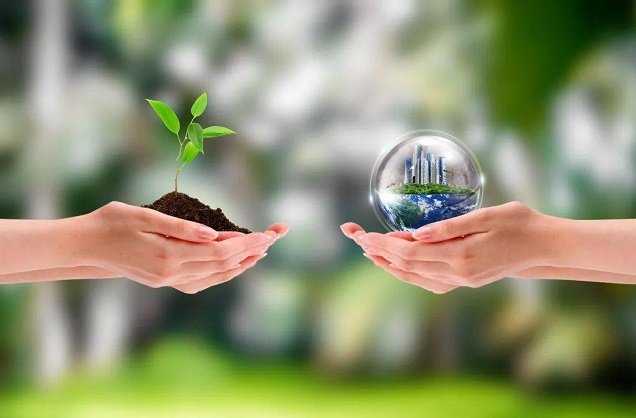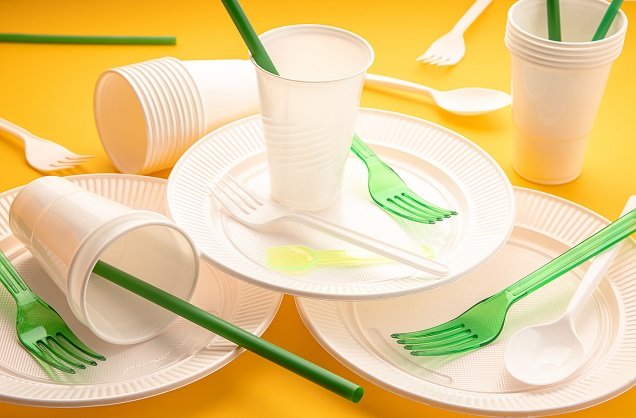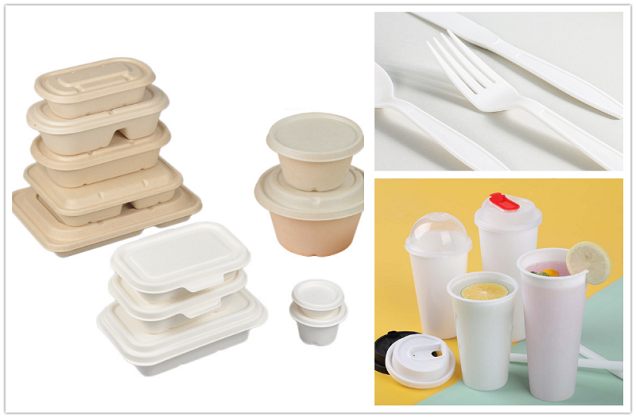Farewell to white pollution: can biodegradable bags really disappear?
Since the implementation of the 2020 “Plastic Restriction Order”, the biodegradable plastics industry has ushered in unprecedented development opportunities. Major supermarkets, takeaway platforms have changed into “environmental” new clothes, consumers are also happy to pay for this “green commitment”. But behind this wave of environmental protection, a key issue has been consciously or unconsciously ignored: these products labeled “biodegradable”, can we really realize the expectations of environmental protection?
To solve this problem, we first need to understand the “family tree” of biodegradable plastics. Degradable plastics currently on the market are mainly divided into two camps: biodegradable plastics and oxidative degradable plastics. The former includes materials such as PLA (polylactic acid) and PBAT, which can theoretically be converted into carbon dioxide and water by microorganisms; the latter adds photosensitizers or oxidizers to traditional plastics, and prompts the plastics to break up through light or heat.
But there is often a huge gap between the ideal and reality. A recent study by Tsinghua University reveals a shocking statistic: only 0.01% of biodegradable plastics end up in professional composting systems. The vast majority of so-called “biodegradable” products still end up in incinerators or landfills. What's more worrying is that microplastic pollution from oxidized degradable plastics may pose a more serious environmental hazard than traditional plastics.
This “pseudo degradation” phenomenon is creating a new environmental dilemma. When consumers hopefully choose “biodegradable” products, they don't realize that these materials can be just as “stubborn” in the natural environment as traditional plastics. We think we are making an environmentally friendly choice, but in reality we may just be participating in a “green marketing” spree.

Oxo-degradable plastics prices have fallen much faster than biodegradable plastics, and biodegradable plastics prices are still relatively high
In 2020, the most stringent plastic restriction in history was introduced to encourage the development of degradable plastics while gradually banning and restricting the use of non-degradable plastics. The upstream policy directly promoted the transformation of midstream and downstream enterprises, and the degradable plastics market saw explosive growth after 2020.
The relatively high cost of biodegradable plastics may be the reason for some merchants to change their production strategy: get rid of plastic bondage noted that some merchants at the beginning of the announcement of the 2020 plastic restriction, selling truly biodegradable plastic bags, using PBAT, PLA, starch, etc., with the price of 20 yuan / 15 only, but by 2022, 2023, although still claiming to be But in 2022 and 2023, although still claiming to be “biodegradable”, the actual use of traditional PE and catalyst, the price plummeted to 3.65 yuan / 15 only. Not only do they want to rub off on the “biodegradable” reputation, but they also choose to use non-biodegradable traditional plastic materials, so this behavior requires government supervision.

“Pseudo-degradable” oxo-degradable plastics still dominate the market, making it difficult for consumers to distinguish between them
At present, oxo-biodegradable plastic bags are often titled “biodegradable” by merchants, and merchants also adopt vague descriptions on product information pages.
According to the results of the research conducted by Free Plastic Binding, in 2023, only 1/10 of the 30 highest-selling products on the three major platforms will be biodegradable plastics - the same as the results of the evaluation in 2022 - and the sales volume of these three biodegradable plastics is generally lower than that of oxo-degradable plastics, which means that truly biodegradable products may be less than 10% of the market. be less than 10% of the market.
What's more confusing is that some merchants will even put the national quality inspection report on the product instead of the degradable certification report to enhance their “credibility”.
Complex and diverse plastic materials, contradictory product descriptions and titles, and so-called “bio-additives” (......) have set up many barriers for consumers and raised the threshold of recognizing biodegradable plastics very high. Consumers are virtually incapable of recognizing whether plastic bags that claim to be “biodegradable” are actually “biodegradable” or not.

So-called “biodegradable” plastic products follow different standards, are labeled confusingly, and are mostly non-compliant
Apart from the product name and description, can the biodegradable label on the surface of a plastic bag be used as a reference for whether it is “biodegradable” or not?
At present, it is difficult. The 30 products evaluated in the Freedom from Plastic Binding 2023 survey involve a variety of standards, including GB/T national standards, QB/T industry standards, T/JSQA and T/CAB group standards, etc., and different standards have different requirements for the marking of merchants.
Among the many standards, the evaluation really involves the concept of “degradable” includes three kinds: one is GB/T 20197 “Definition, Classification, Marking and Degradation Performance Requirements for Degradable Plastics”, the second is GB/T 38082-2019 “Biodegradable Plastic Shopping Bags”, and the third is GB/T 28018-2011 “Biodegradable Plastic Garbage Bags”. Biodegradable Plastic Garbage Bags".
Let's take a look at these standards for “degradable” labeling requirements.
GB/T 20197 “Definition, Classification, Marking and Degradation Performance Requirements of Degradable Plastics” clearly stipulates the marking of degradable plastics, requiring manufacturers to indicate the standard number of the product, the material used and the type of degradation. However, the standard divides degradable plastics into biodegradable plastics, compostable plastics, thermo-oxidative degradable plastics, photo-degradable plastics and these four categories. Among them, there are more and more questions about thermo-oxygen degradable plastics and photo-degradable plastics." This set of national standards came into force in 2006, 17 years have not been adjusted, has been slightly lagging behind.

 Significant progress in PBAT/s
Significant progress in PBAT/s
 PLA/PBAT composite film degrad
PLA/PBAT composite film degrad
 A New Choice for Takeaway Pack
A New Choice for Takeaway Pack
 Significant progress in PBAT+s
Significant progress in PBAT+s
CONTACT
Add: Room 4006, No.1 Helong Yiheng Road, Baiyun District, Guangzhou City
Tel: +8613450255948
Wechat : +86-13450255948
Fax: +86-13450255948
E-mail: 13450255948@163.com








